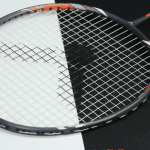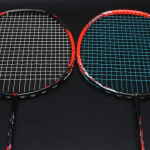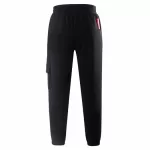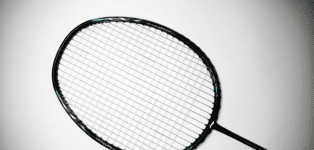
Badminton Racket Li-Ning AXFORCE 70 Reviews
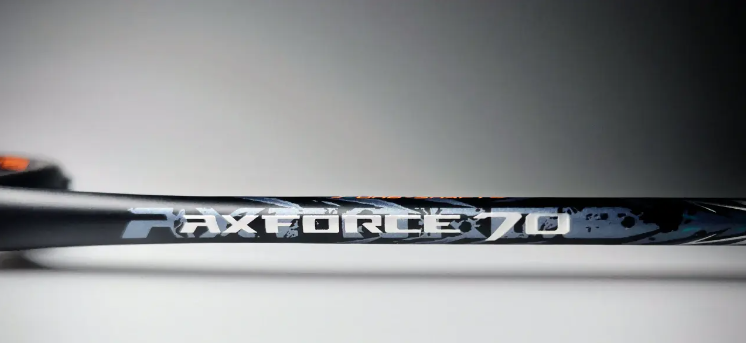
Background
I self-assessment of the Chinese feather 4 + 5-, amateur children, junior high school due to academic stop training, high school after almost completely stopped any sports. After joining the workforce a few years ago due to health problems, on the advice of the doctor to resume sports, back to the pit after re-inviting the coach to train regularly.
I play doubles in my daily activities, and singles basically only appear in classes, tournaments, or to ask for advice from coaches or other masters.
The length of this experience is about 2 weeks, the experience scene: 3-5 levels of the ball group doubles game + 1 to 1 private coaching + ball center coach doubles recreational game + national second singles abuse sha game.
| Racket Availability | |
| Racket Model | Li-Ning AXFORCE 70 |
| Racket Specifications | 4UG5 |
| Number of Holes | 76 holes |
| With or Without Rubber | No |
| String/Lb | Li-Ning N65/26lbs |
| Optional Hand Rubber | Dragon smile L2 |
| Full Weight | 87.5g |
| Full Balance Point | 305mm |
Keywords: understated coolness
The AXFORCE 70 conquered me with its face value back when the product was released, and when I found out that the racket was ready to go on sale I had already approached a dealer early to pre-order the 4U specification at 8XX.
As it turns out, buy early and enjoy, buy late and enjoy the discount. The first batch of 4Us to arrive was few and far between, which made me slightly grateful. Although the price may even drop to 6XX after subsequent restocking, I never regret buying for value.
The racquet adopts the design language of the AXFORCE series, with a pattern on the frame at 1 and 11 o’clock, the AXFORCE logo at 7 o’clock, frame technology at 5 o’clock, and a full-barreled theme on the center stick. Compared with the red and blue color scheme of AXFORCE 90, AXFORCE 70 is in black and silver with orange and green patterns, which gives the racket a low-profile temperament without giving people the feeling of a small black racket like AXFORCE 80.
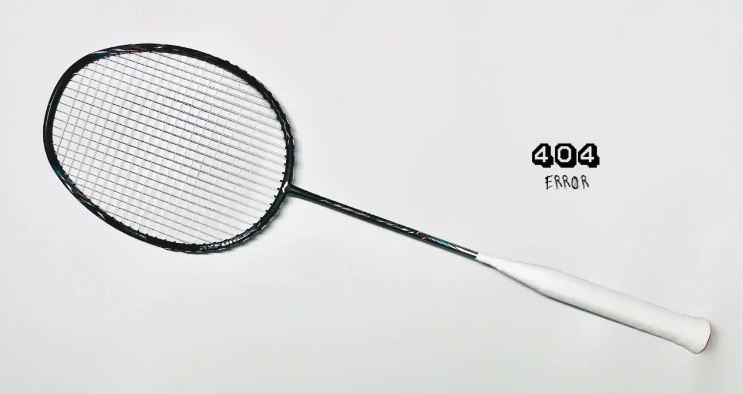
In contrast to the Dragon and Tiger of the AXFORCE 90, the totem of the AXFORCE 70 is the Wolf. The paint design is filled with elements of speed, tearing, and howling. It’s full of details without being cluttered.
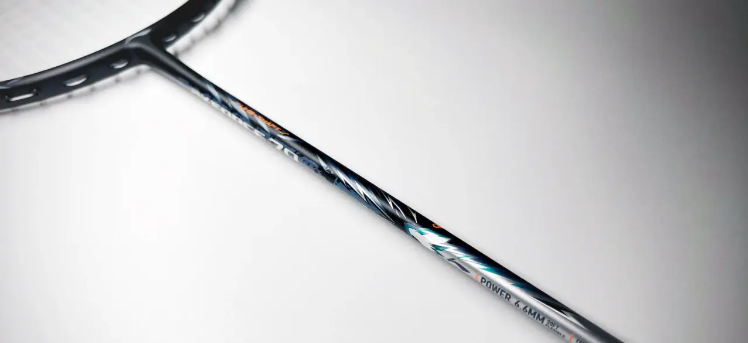
The silver decals feature laser decals that reflect different colors in the light. As always, the three-dimensional paint job has a very well-written bumpy feel to the touch.
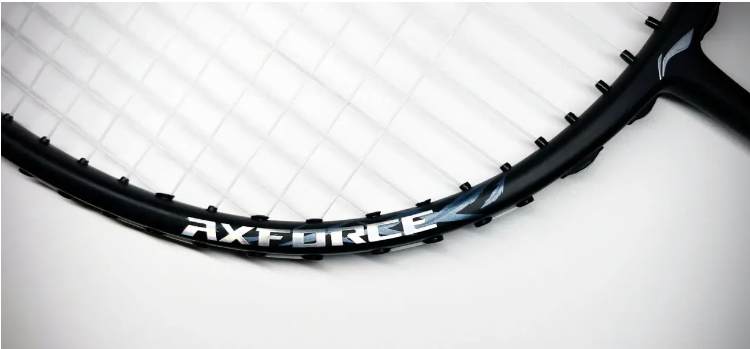
The beauty of this is that the paint job in some areas is designed to have a mottled look in order to convey the effect of tear damage. Every time I see these areas when playing with the racquet, I have to react for a few seconds, repeatedly reminding myself that this is not a sticker flaw.
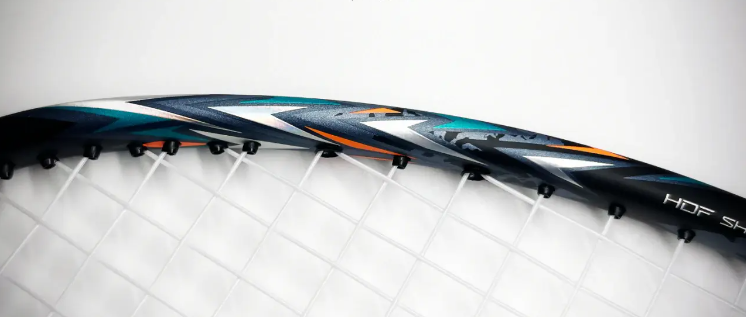
Keywords: bottom cover
Li Ning unified bottom cover incident is one of the recent hotspots, and it also spawned a lot of interpretations. Some people think that this move is to adjust the balance point, while others think that it is because of the large error in the weight of the charcoal fiber piece, which makes the quality control difficult.
For me, it doesn’t really matter the color of the bottom cover, the recent discussion is just a process of market education, and public opinion will naturally return to the right track when the red bottom cover gradually becomes the consensus.
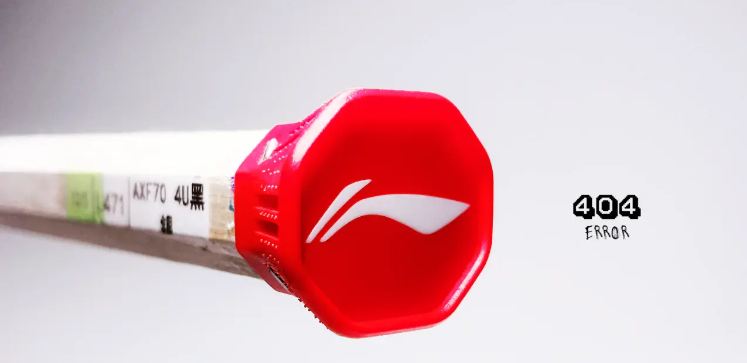
But after removing the primer I realized that everyone was thinking too hard. Lu Xun wrote that there were two date palms outside the wall, really just because there were two date palms outside the wall of his house. And Li-Ning changed the bottom cover, really just to save money. There’s no point in overestimating the impact a bottom cover can have on a racket’s parameters.
Seeing the picture below, I guess the rubber guys should have reacted. If I’m not wrong, Li-Ning not only replaced the plastic cover, which was already cheaper, but they also stole the rubber. (I’m not a veteran rubber player, I’m just playing. Please correct me if I’m wrong)
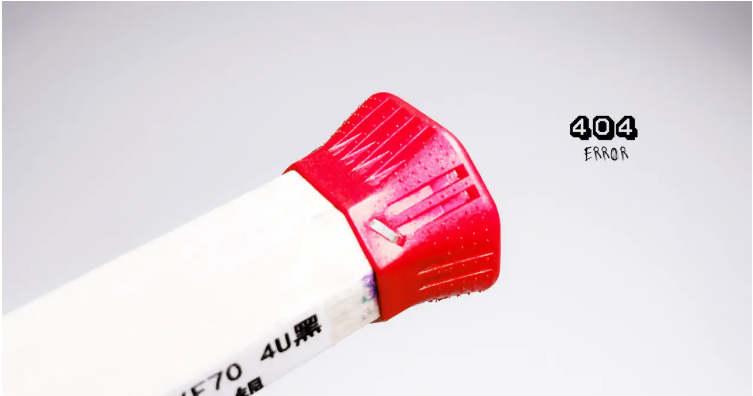
Keywords: smart strike
“AXFORCE” is perhaps the best advertising slogan I’ve seen in a while, and it fully reflects the attributes of the AXFORCE 70: good at consistency, steady in the middle, and winning.
The first thing that struck me was that this is a racquet that is good for consistency. The weight of the racket is more concentrated near the T-head, which has some offensive attributes, but does not have an overly obvious head-heavy feel. It’s an offensively balanced position. It is easy to swing continuously, and there is basically no soreness in the small arm after a set of swinging exercises.
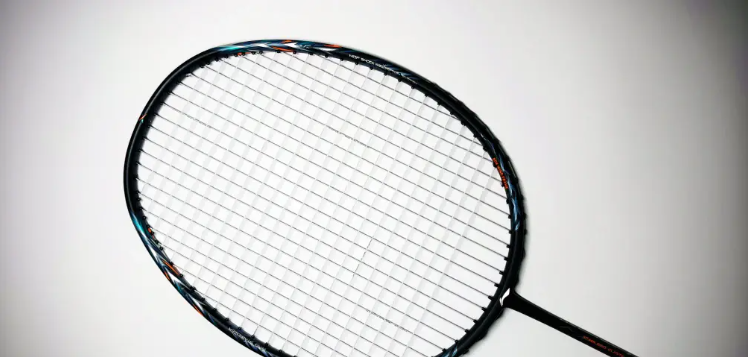
The frame features a square head with a large 76-hole frame, and the frame type is a top portion fluid cassette over to a bottom cassette with a 3-point to 9-point wire slot design. This type of design has a large sweet spot, high forgiveness, stable hitting, and a moderate configuration.
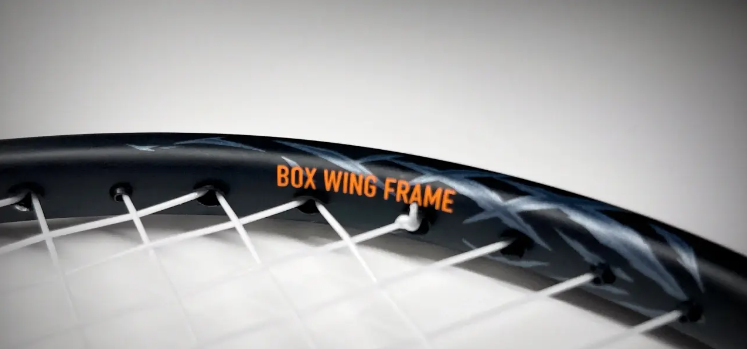
The elasticity is enhanced by the M40X carbon. The performance is very stable in light blocking, net release, rubbing and other techniques, and the feel and quality are not inferior to the 100zz, AXFORCE 80 and other reputable good rackets at all. It also reaches a comfortable and crispy level in some borrowed power scenarios.
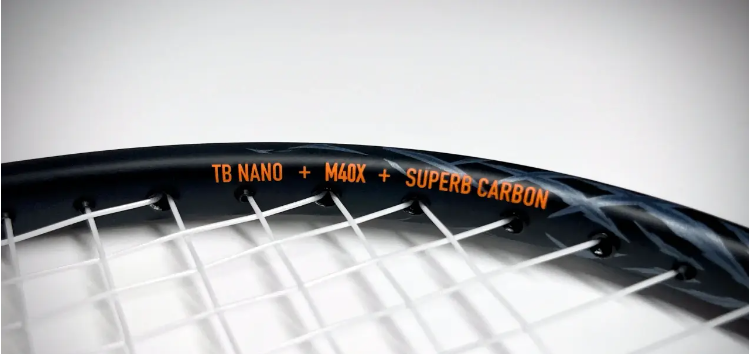
The 6.6mm long center stick with the same thickness as the AXFORCE 80 is added with “high-density shock-absorbing material”, which has a good shock-absorbing effect without wrapping the cushioning film and does not feel too shocking to the hands, and the force transmission is quite smooth without any stagnation or scattering sensation. The hardness of the center stick is a little soft, so it is not difficult to hit the whip in the attack.
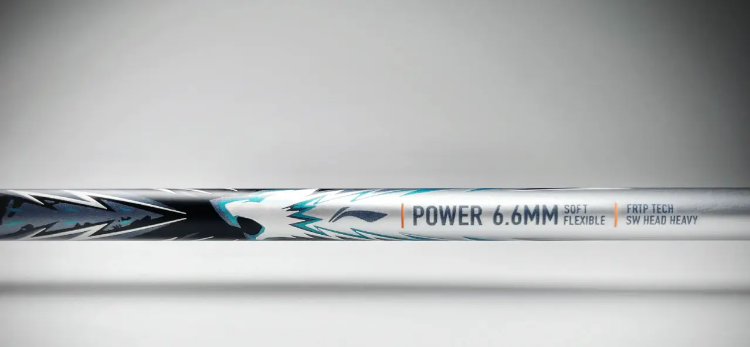
I’d rate this center stick as “adequate”. Due to its positioning and pricing, it doesn’t incorporate a lot of Li-Ning’s best-in-class technology, but it doesn’t hold it back in terms of experience.
On offense, the AXFORCE 70 isn’t great for heavy kills. You need to get a good point and actively press down to hit a heavy kill that works well. It is also easy to drop a beat’s worth of consistency once it is defended.
AXFORCE 70’s main battlefield is a combination of kills and hangs. The power and feedback in the hang, kill, chop, and slide are all quite smooth, and the landing point is as expected. Due to the softer center stick, you can even feel the whip of the center stick in the point kill, which feels like a crooked-lipped Lin Dan possessing the body, and from then on, you will never go back in the road of point kill.
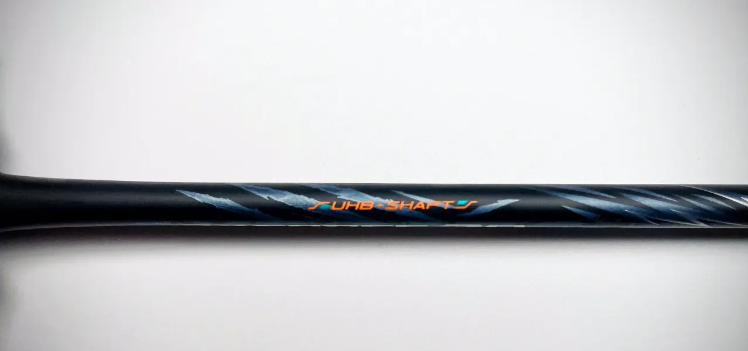
When defending a kill, you can return the ball to the ideal position by using your strength, but you need to pay attention when organizing a counterattack or a point. When I first started to play, there were a few times when I was caught out of bounds or too high on a flat ball, but after I got used to it, the number of such cases decreased.
In terms of flat draws, the AXFORCE 70 felt like a no-brainer to me. At the everyday level, the ball speed is not fast enough for the center stick to rebound in time; and I don’t have the ability to play against masters who can hit this kind of super-fast ball speed continuously, so I think the center stick of the AXFORCE 70 is basically enough for me to use it at the amateur level.
In the “match” with the kids, I was able to play better with the AXFORCE 70 than with the 100zz with the 4U. The long, soft mid-range helped me save a lot of passive balls, and even made a big slice off the bottom corner of my backhand. In the end, I lost 21:23 after a 15:0 advantage in the opening game.
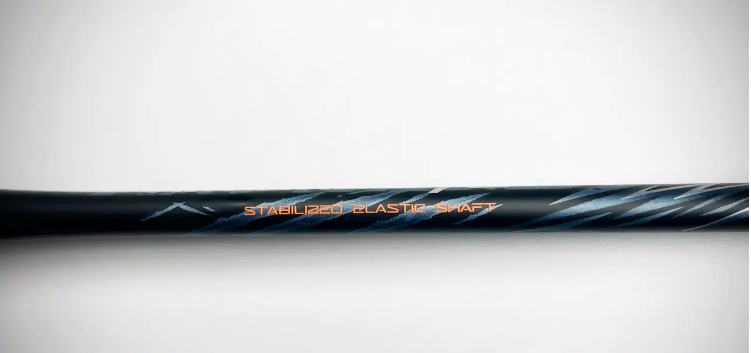
After AXFORCE 90, Li-Ning also started to equip different types of rackets with corresponding cone covers. The AXFORCE series of offensive racquets were standardized to have a fisheye cap, and the AXFORCE 70 is no exception. The original purpose of the beak cap was to change the bend point of the center stick, but it didn’t feel too special in practice.
And since I am used to serving with my thumb on the cover, I feel that the AXFORCE cover is not as comfortable as the YY in terms of ergonomics.
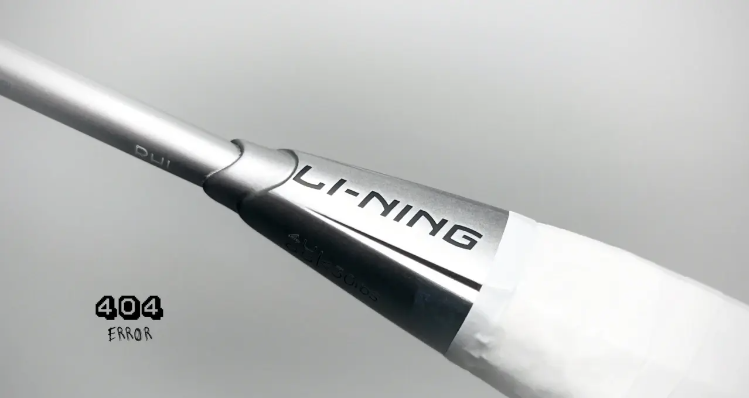
Conclusion: the cheapest M40X
Ran off on a whole tangent, and to not be a headline-grabber, I’m going to bring it back even if it’s a hard rip-off at the end. AXFORCE 90’s M50 carbon fiasco has made people realize that the higher the carbon grade for a badminton racket is not as good as the better. With the current level of technology, M40X grade carbon is one of the optimal solutions for badminton rackets, which can ensure frame strength and improve elasticity.
This time, Li Ning has taken the unprecedented step of adding M40X to a racket priced at 1,380, which is less than 800 after discount, or is expressing its ambition to capture the sub-high-end market. The AXFORCE 70 is a better value for money than a lot of high-end racquets that can cost over a thousand dollars.
The “healthy competition” and technology decentralization of the big manufacturers will benefit the players, especially the young players who are in school or have just set foot in the society and have little money. With the price of 6XX/7XX can experience the top carbon material, just like the millet, to bring young people the first 1,000 yuan high-end machine, opened the era of stacked material price war. I hope that the battlefield of middle and high end will be more and more fierce, maybe in the future, we can experience a higher quality racket with a cheaper price.

